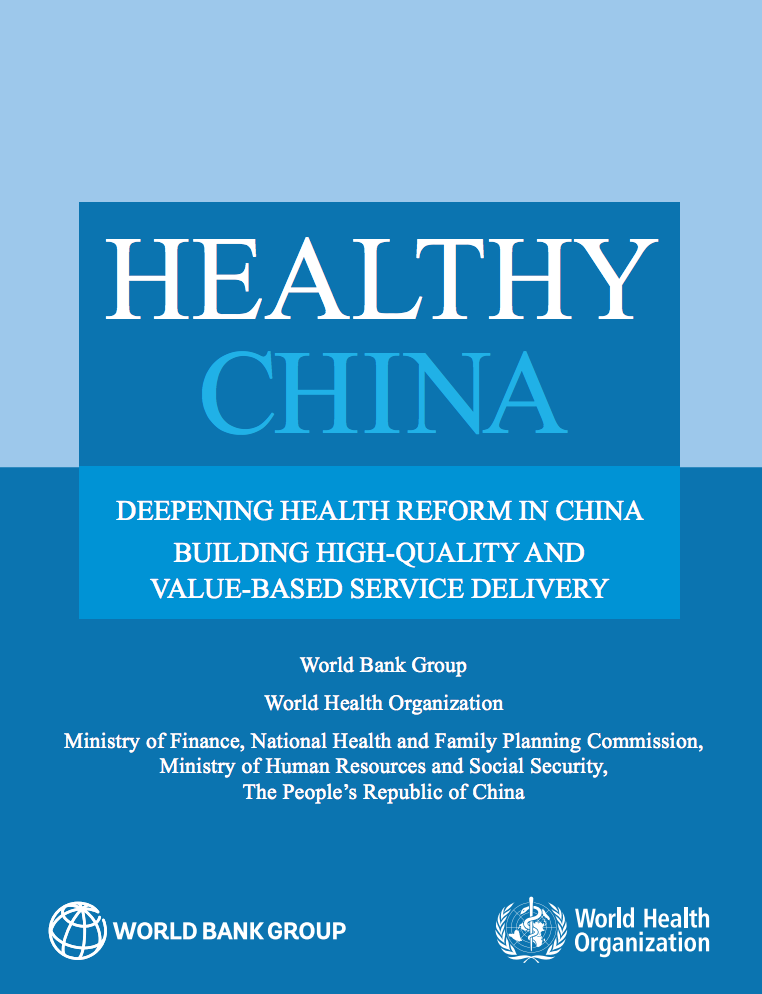A new World Bank report, issued in collaboration with the Government of China and the World Health Organization, urges adopting “People Centered Integrated Care” in China as a way to reduce costs and place primary care at the heart of the country’s health system. Aceso Global CTO Gerard La Forgia led the study from its inception and joined Aceso Global just prior to the conclusion of the report. The World Bank released the report’s 200-page Policy Summary on July 22, 2016.
Over the past three decades, China has made significant improvements in health, including in child and maternal mortality. Also, Chinese citizens theoretically enjoy Universal Health Coverage. Yet, in the years ahead rising costs could limit further improvements in the Chinese health system. An aging population and a shift in the disease burden to non-communicable diseases such as cancer, cardiovascular disease and diabetes will place new strains on an already costly system. Current healthcare costs are growing unsustainably, and are projected to reach 9.1 percent of GDP by 2035. The People Centered Integrated Care model suggested in the report provides a potential means to making the system more effective while also containing cost escalation.
The existing Chinese system over invests in expensive hospitals and specialty care, while increasingly neglecting primary care service. Rising patient dissatisfaction with the quality of primary care has driven many Chinese to visit hospitals at the first sign of illness. Not only is this an inefficient use of expensive hospital resources, but it has also led to a decline in the number of health professionals seeking work in the primary care sector. This vicious cycle only further weakens the quality of the primary care system. In response to these challenges, the report recommends placing primary care at the core of an integrated health system to reduce costs and free up hospitals for more complex care needs, while simultaneously altering incentive systems so that hospitals and clinics are rewarded for quality of care rather than the volume of services provided. Finally, the report encourages greater private sector involvement to harness private sector efficiency for public healthcare.
The challenges faced by China—from rising health costs, to an aging population, to a shifting disease burden away from communicable diseases—are not unique. OECD countries are already facing these issues, and Emerging Market countries will experience similar trends over the next decade and will be confronted with the need to rein in costs while expanding service equity and quality. Policymakers can consult the report for lessons as a step to solving these challenges.
Find the report, Healthy China: Deepening Health Reform in China: Building High-Quality and Value-Based Service Delivery, here.
See the report in the news:
- Wall Street Journal: Study Urges Overhaul in Chinese Healthcare.
- Bloomberg: World Bank Urges China Healthcare Reform to Save 3% of GDP.
- Financial Times: World Bank Urges China to Deepen Healthcare Reform.
